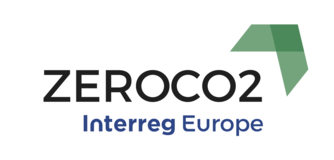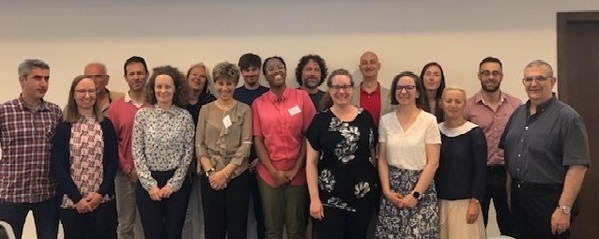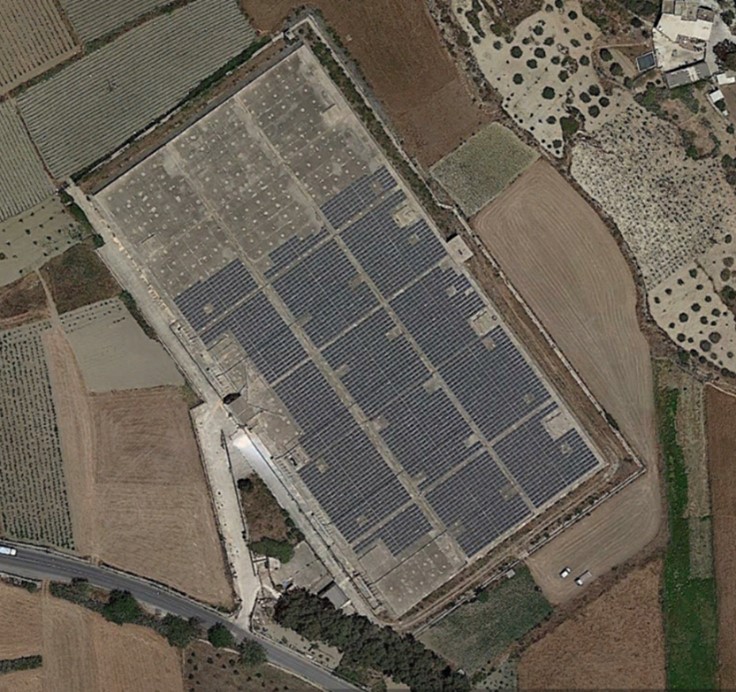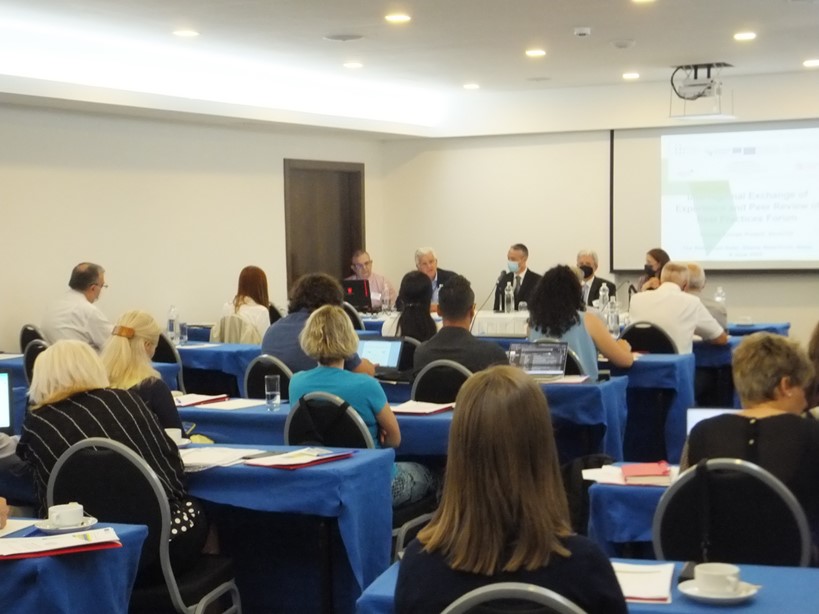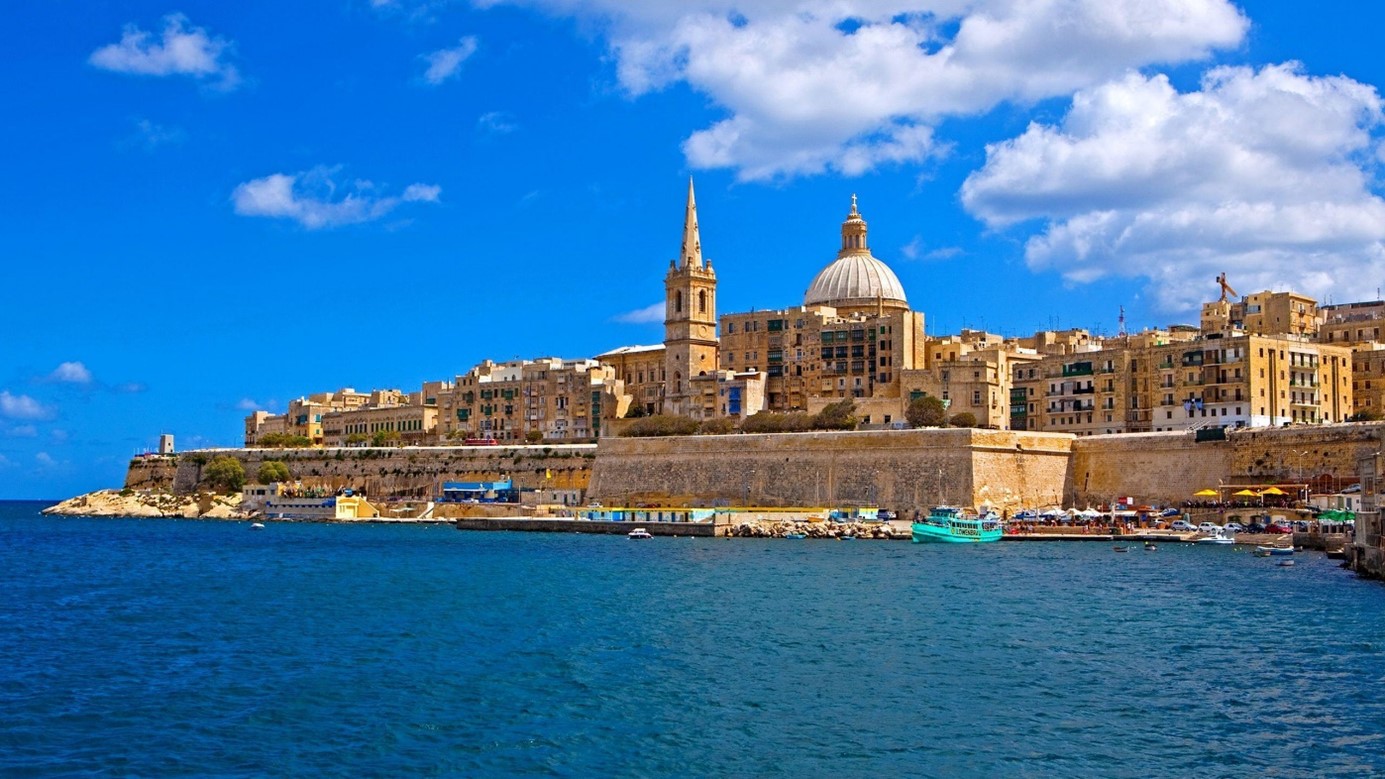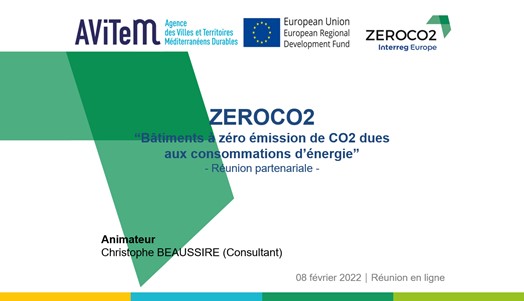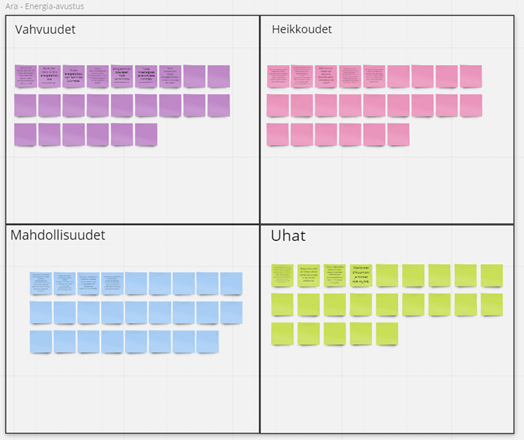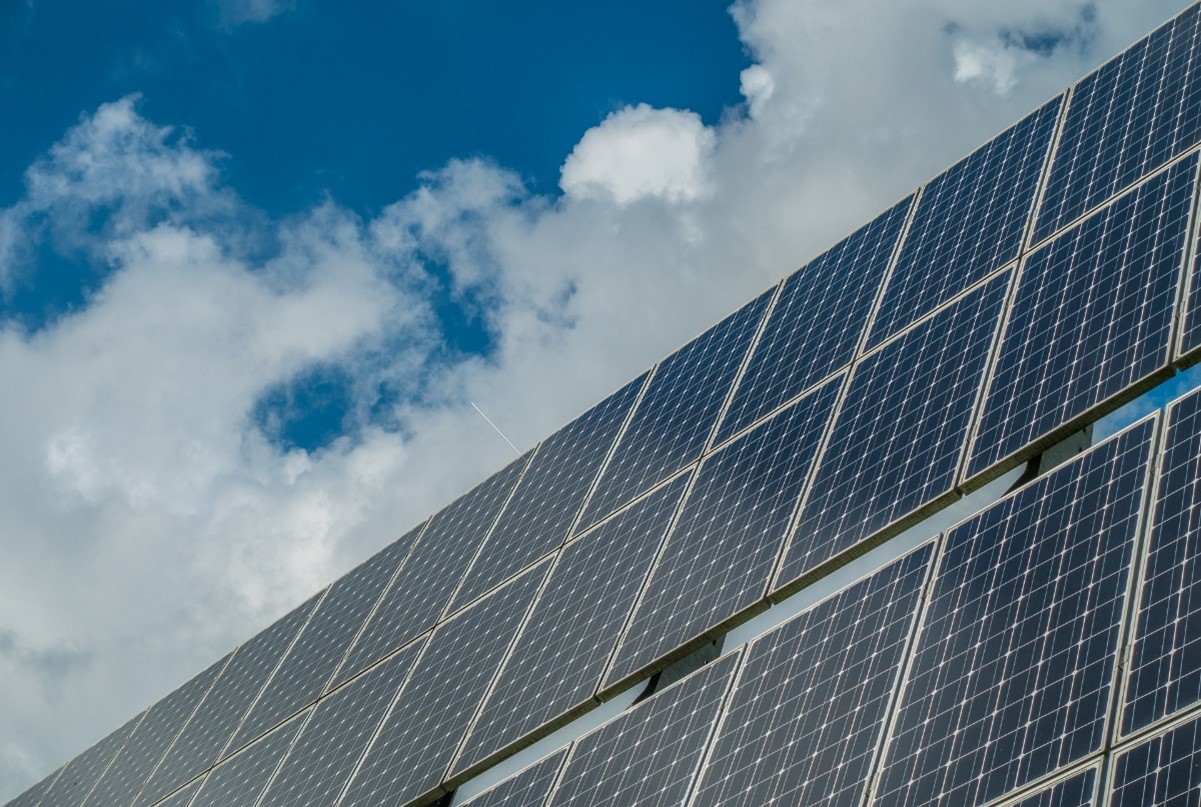How did we do?
Goals of ZEROCO2 in South Ostrobothnia, Finland
In Finland, we had 6 goals that we set out to accomplish through the ZEROCO2 project. The main goal, common to all ZEROCO2 partners, was to define the term Near Zero CO2 Emission Building (NZCO2EB) due to energy use and to show its benefit. All project actions and regional goals worked around this main goal.
The five regional goals were:
- to impact and improve the Regional Strategy of South Ostrobothnia
- to support regional co-operation to improve the implementation of the Regional strategy
- to promote new projects which are targeted at developing innovative energy solutions in buildings
- to create a guide for best practice with the goal of including it as a tool for the Regional Strategy
- to work in close cooperation with the Regional Strategy monitoring teams of the Regional Council of South Ostrobothnia
 Stakeholder event in Seinäjoki
Stakeholder event in Seinäjoki
Reaching the goals
The main goal of defining NZCO2EB was reached in a part as all our studies, reports, events and activities focused on the topic of what is a ZEROCO2 building, how to achieve this type of building and why. The stakeholders involved in the project have gained an understanding of the term, and the term was included in the updated version of the Regional Strategy of South Ostrobothnia. However, the term has not been widely accepted as for example the term Near Zero Energy buildings.
In fact, the concept of NZCO2EB is more important than the term itself. And ZEROCO2 project has done its share in impacting society with ways to facilitate the creation of such buildings.
In relation to the 5 regional goals, the project has achieved all 5 of the goals.
- The regional strategy was impacted. NZCO2EB concept was included in the updated version and the project also helped in identifying energy related indicators, to better evaluate the impact of the strategy on the energy and building sector
- The work done in the project has relied on cooperation with local and regional stakeholders and bringing them together to discuss the project topics and the relation to the regional strategy.
- This goal has been achieved in the form of a submitted proposal of a H2020 project (submitted 15.1.2020), in which a multi-apartment residential building from our Region will take important steps towards becoming an NZCO2EB.
- A common guide for all partners was created and the content was presented to the local stakeholders. It was not directly included as a tool for the Regional Strategy, but the content helped in impacting the Regional Strategy.
- The Regional Strategy Monitoring Teams were combined into an external expert team. We participated actively in this TEAM.
Our keys to success
The main key to success was active cooperation and communication both locally as well as between partners. Locally we worked with our local stakeholder group and participated in the Regional Strategy Monitoring Team that was called together by the regional authority The Regional Council of South Ostrobothnia. Through these groups we were able to successfully impact the Regional Strategy and fulfil all the rest of our goals.
When asked for it we also provided written feed-back on draft versions of the updated Regional Strategy.
To further impact Regional Policy, we handed a short and do-able police recommendation document to the Regional Mayor. The policy recommendations were derived from the findings of the project.
Luck was also on our side as during the project life-time a section of the Regional Strategy underwent an update, which we were able to impact.
In conclusion
On a whole, we were able to reach the goals we set for ourselves in the ZEROCO2 project. However, though the project was drawn to and end, the topic of reducing CO2 emissions caused by building energy use remains. And we hope to see the realisation of NZCO2EB in our region in the future.
